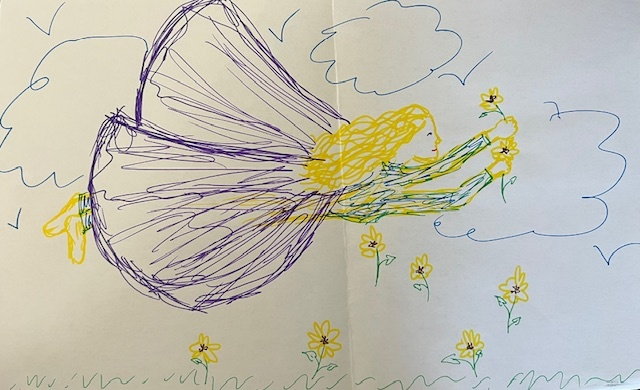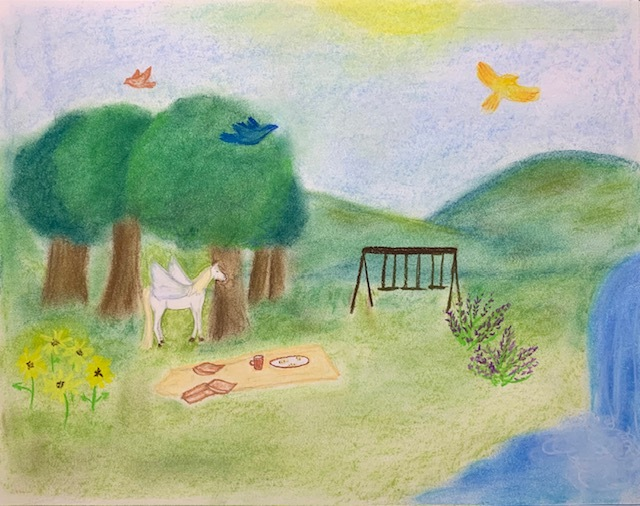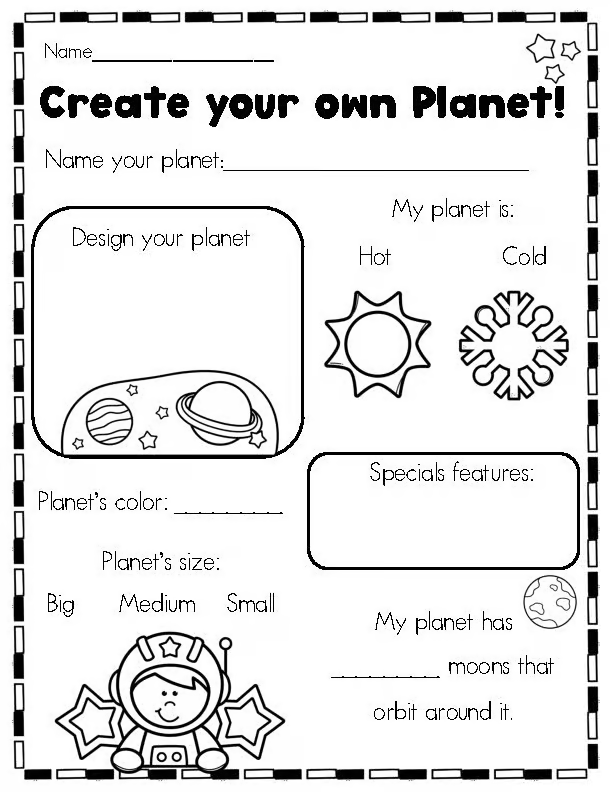Kids don’t always have the words to explain how they’re feeling, but their drawings, stories, and play often tell us what’s going on in their world. Play and art therapy help children express emotions, develop coping skills, and feel more in control, especially during times of anxiety, trauma, social challenges, or major life changes like a divorce or move.
At Hazel, therapists use creative tools like storytelling, drawing, role-play, and movement to help children open up and process what they’re going through.
Children might act out fears using puppets, build scenarios with blocks, or use toys to recreate situations they’ve experienced. Art therapy might involve drawing emotions, painting calming images, or sculpting representations of stress or strength.
Both approaches allow therapists to observe patterns, gain insight into a child’s internal world, and gently guide them toward emotional growth. Depending on the child’s age and needs, sessions may be non-directive (led by the child’s choices) or directive (guided by the therapist to meet specific goals).
How These Approaches Support Mental Health
Whether a child is navigating anxiety, grief, conflict, or low self-esteem, art and play therapy can help by:
- Providing a safe outlet for expressing emotions
- Building confidence, self-awareness, and coping skills
- Strengthening communication and emotional regulation
- Supporting healing from trauma or change
Hazel therapists use a wide range of creative activities in sessions, depending on the child’’s age, interests, and emotional needs. Common techniques include:
- Drawing feelings as colors or shapes
- Storytelling or role playing with puppets or dolls
- Building a “safe space” using guided visualization and art
- Using movement and dance to regulate emotions
- Rainbow check-ins (sunny = happy, rainbow = special, rainy = tough)
- Painting “emotion weather” (e.g., storms, sunshine, or fog)
Therapists often adapt these activities on the spot, turning a favorite book or movie into an emotional reflection and coping tool, or using crayons and a blank page to talk through a hard day at school.
Let’s dive into some examples from Hazel therapists
Superhero Self-Portraits
The child draws themselves as a superhero with unique powers, helping to boost self-esteem and visualize their strengths.

Safe Space Drawing
Children draw their calm, safe space using all five senses–sight, sound, smell, touch, and taste. This drawing becomes a personalized grounding tool they can return to in stressful moments.

Create-Your-Own Planet
This exercise invites the child to design their own world where they feel in control, safe, or joyful, ideal for children processing trauma or instability.

Coping Skills Backpack
The student draws a backpack and fill it with coping tools they can “carry” with them, like deep breathing, asking for help, or taking a break.

Volcano Visuals
Hazel therapists often use whiteboards to bring concepts to life. The therapist draws a volcano, marking triggers on one side and calming strategies on the other. This helps children understand how emotions build and equips them with strategies to prevent “eruptions.” It also opens the door to meaningful conversations at home.
Stuffed animal role-play
The child practices difficult conversations or scenarios by “talking” to stuffed animals. For example, a child might pretend they are explaining their feelings to a parent or teacher. This helps them rehearse expressing emotions in a safe, low-pressure way. Therapists often weave coping skills into the role-play, like taking deep breaths, using positive self-talk, or asking for help.
Puppet shows
Using puppets or dolls, the child and therapist create a short skit where the characters encounter a tough situation (like being left out at recess) and practice coping strategies together.
Helping children feel seen through art and play
Not every child is ready to talk through what they’re feeling. Play and art give them another way to express what they’re going through. These creative tools help therapists build trust, understand a child’s experience, and equip them with lifelong skills to navigate emotions and stress.
At Hazel, therapy is never one-size-fits-all. Whether it’s drawing superheroes, packing a “coping backpack”, or painting a peaceful place, creative expression is often a key part of helping kids cope with what they’re going through.
Get Started with Hazel Online Therapy Today
We partner with school districts nationwide to provide free, online therapy for all students.
Find your child's district to get started 👉




